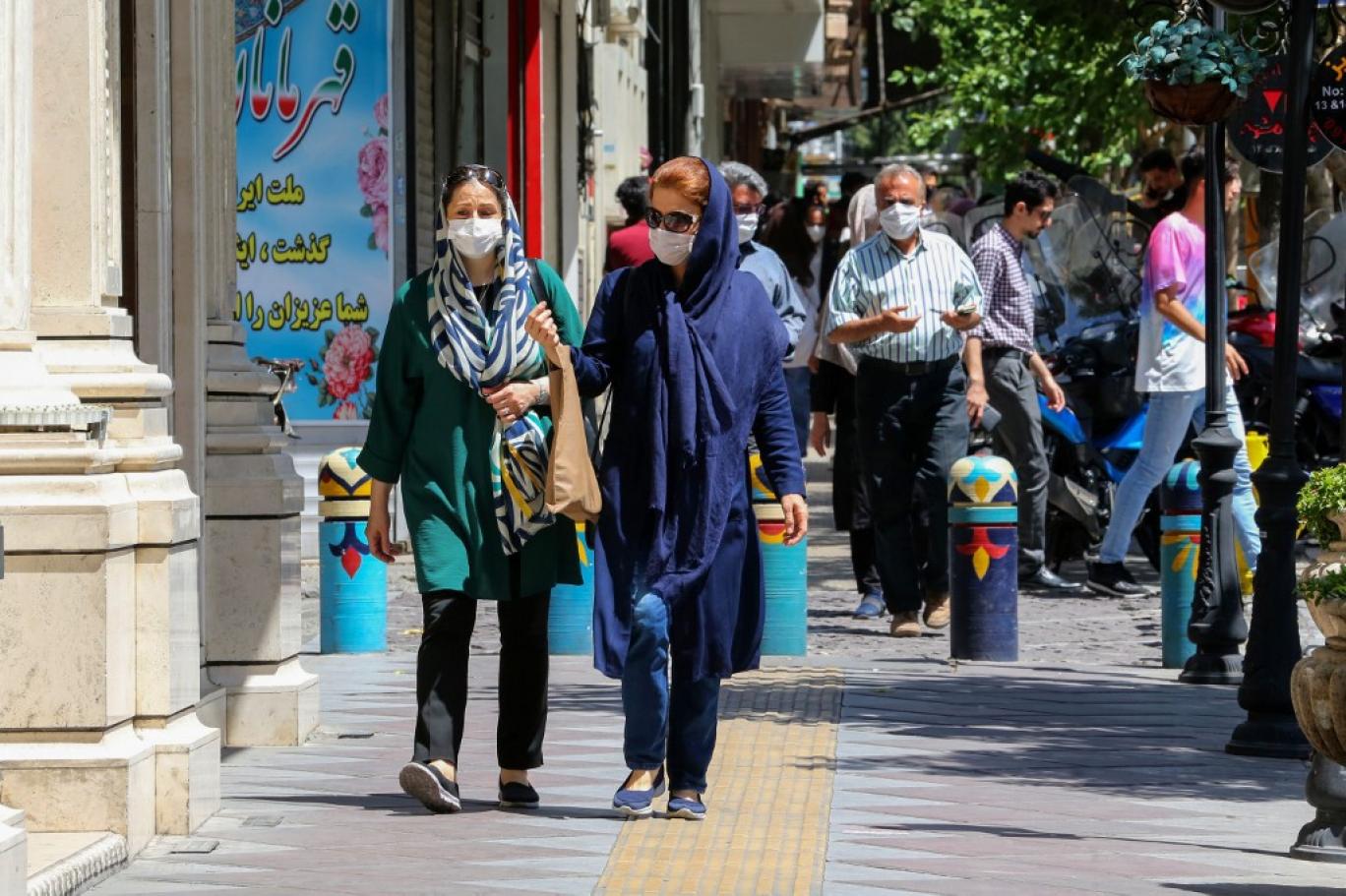The Health Ministry announced on Saturday that community transmission of the Omicron variant of the coronavirus has been discovered in Iran.
The easily transmissible variant is now spreading inside community in people who have not traveled overseas, an official with the ministry’s Center for Infectious Disease Control, Ebrahim Qaderi, was quoted as saying by ISNA.
Pointing out that so far 467 Omicron cases have been confirmed throughout the country, Qaderi said, “We might face a surge in cases over the next few weeks.”
The health official expressed concern over the start of the community transmission of Omicron and the identification of it in patients who had been to public places.
“Some provinces are more exposed to danger, like Hormozgan, Tehran, Khorasan Razavi, Isfahan and Mazandaran,” he added.
The Omicron variant, formally known as B.1.1.529, was reported to the World Health Organization by South Africa in late November. The variant has some 50 mutations that make it more contagious than previous variants, including Delta.
The WHO has confirmed that Omicron cases can double every 1.5 to three days when community transmission begins.
During Saturday’s National Coronavirus Headquarters meeting chaired by President Ebrahim Raisi, he urged continued border control efforts to contain the variant.
He nevertheless acknowledged the downward trend of hospitalizations and fatalities.
The top official said, “Considering the drop in infections and mortalities because of high vaccination coverage rates, the NCH has allowed schools and universities to remain open.”
The president added that the NCH will revise its decision if there is any chance in daily Covid-19 statistics.
Health experts have called for a more aggressive response to the threats of Omicron, including vaccination of children and closure of schools and universities.
Cases, Deaths on Decline
Daily infections dropped to three-digit figures on Saturday for the first time in the past 614 days following Friday’s record-breaking low of under 20 fatalities.
Iran’s last three-figure daily tally was logged in May 2020 less than three months into the pandemic.
Over 60 million Iranians have received a first dose of a Covid-19 vaccine and 52.5 million have been fully vaccinated against the disease. Some 9.8 million have been given booster shots.
More than 122.4 million vaccine doses have been administered since the start of the immunization campaign.
According to the head of the Health Ministry’s Center for Infectious Disease Control, Mohsen Zahraei, Iran has secured over 175 million jabs from local and foreign vaccine manufacturing companies.
“It doesn’t seem like we’ll need more vaccine imports… unless circumstances change,” he said.
Zahraei noted that nearly 34.5 million doses of five local vaccine had been delivered to the Health Ministry for distribution.
Raisi also said on Saturday that the country was facing no shortage of either imported or homegrown vaccines.
Iran began offering booster shots to anyone over the age of 18 who had received their second shot over three months ago, one day after the first Omicron case was reported in a recent traveler to the United Arab Emirates.


